Chobe National Park is the largest park in Botswana, and encompasses a significant portion of the Northeastern portion of the nation. The Chobe River, from which the park takes its name, is the border with Namibia here, with a wide river bottom land between the two countries, with the river meandering through it. We stayed at the Boabab I Safari Camp, just outside the National Park, overlooking that bottom land and across into Namibia. Our tents here were really more like huts, with solid walls, and only the roofs made of canvas. But like our other camps, there were no barriers to prevent animals from coming into the camp, and in fact the very first evening, we had a herd of giraffes grazing almost inside the camp.
 Our first game drive, the evening of our arrival, didn't take us into the park, but instead was just down onto the bottom land below our camp. In fact, almost the entire drive was within sight of our camp. As the sun sank toward the horizon, we watched the zebras, impalas, and other grazers make their way across the flats towards the river, while at the same time, entire troops of baboons were traveling the other direction to find shelter for the night in the trees on the higher ground. There were giraffes grazing all around our camp, and warthogs wandering around the flats. And there were lots of Lilac-breasted Rollers, which are, without exception, the most beautifully colored birds I have ever seen. I spent quite a while trying to capture a good photo of one in flight, to highlight just colorful they are. I didn't get a perfect shot, but there were several that will serve to highlight their incredible beauty.
Our first game drive, the evening of our arrival, didn't take us into the park, but instead was just down onto the bottom land below our camp. In fact, almost the entire drive was within sight of our camp. As the sun sank toward the horizon, we watched the zebras, impalas, and other grazers make their way across the flats towards the river, while at the same time, entire troops of baboons were traveling the other direction to find shelter for the night in the trees on the higher ground. There were giraffes grazing all around our camp, and warthogs wandering around the flats. And there were lots of Lilac-breasted Rollers, which are, without exception, the most beautifully colored birds I have ever seen. I spent quite a while trying to capture a good photo of one in flight, to highlight just colorful they are. I didn't get a perfect shot, but there were several that will serve to highlight their incredible beauty.
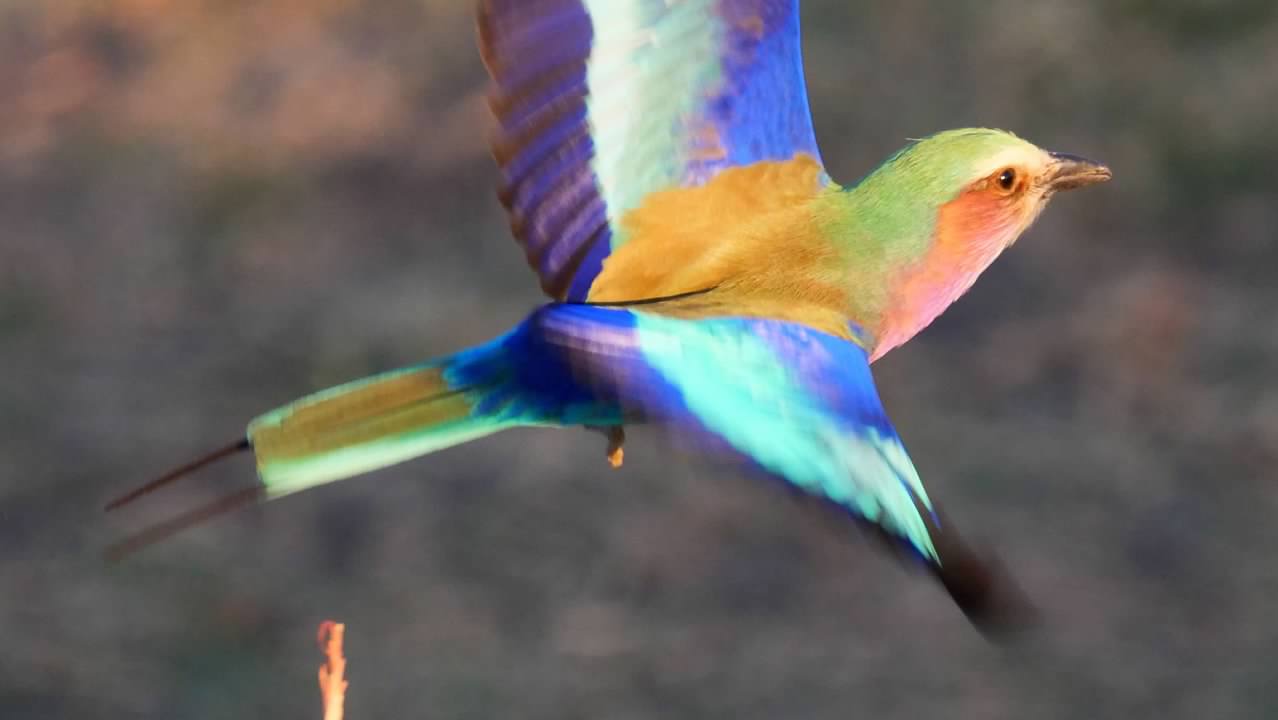
 On our first full day here, we had our normal morning and evening game drives into the National Park. Much of our time was spent driving along the edges of the river bottom lands. There were an astonishing number of elephants here, along with numerous antelopes, zebra, buffalo, and warthogs, all of which rely upon the river for their water. We witnessed a large flock of vultures devouring the carcass of a young elephant. And birds! There were birds of all sizes and colors. It is hard to appreciate just how many different species of birds we saw. In the afternoon, we found another leopard lounging in a tree, utterly unfazed by the dozen or so trucks jockeying for a good view. If anything detracted from the experience here, it was the sheer number of other safari vehicles we encountered. There were dozens of other companies operating safari tours in the park and there were individuals in private or rental vehicles as well, which meant that any significant sighting occurred, it was a bit of zoo as the various drivers tried to get close enough to get a decent view.
On our first full day here, we had our normal morning and evening game drives into the National Park. Much of our time was spent driving along the edges of the river bottom lands. There were an astonishing number of elephants here, along with numerous antelopes, zebra, buffalo, and warthogs, all of which rely upon the river for their water. We witnessed a large flock of vultures devouring the carcass of a young elephant. And birds! There were birds of all sizes and colors. It is hard to appreciate just how many different species of birds we saw. In the afternoon, we found another leopard lounging in a tree, utterly unfazed by the dozen or so trucks jockeying for a good view. If anything detracted from the experience here, it was the sheer number of other safari vehicles we encountered. There were dozens of other companies operating safari tours in the park and there were individuals in private or rental vehicles as well, which meant that any significant sighting occurred, it was a bit of zoo as the various drivers tried to get close enough to get a decent view.
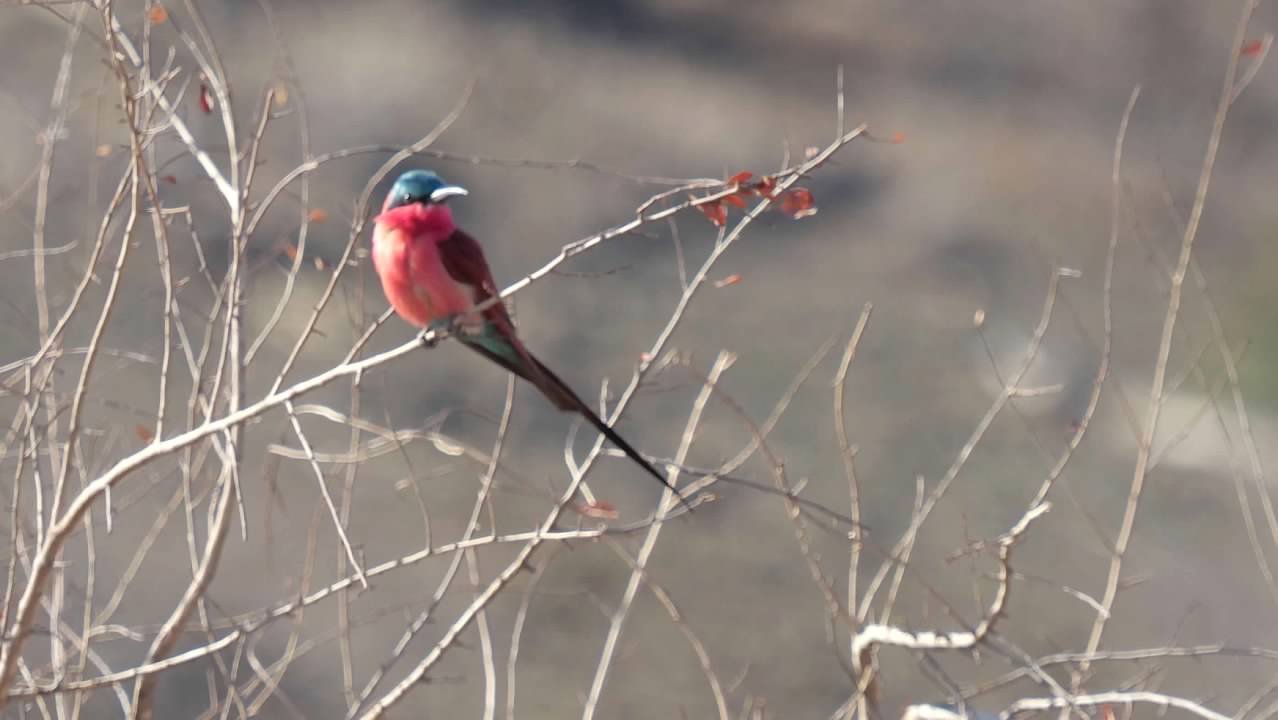
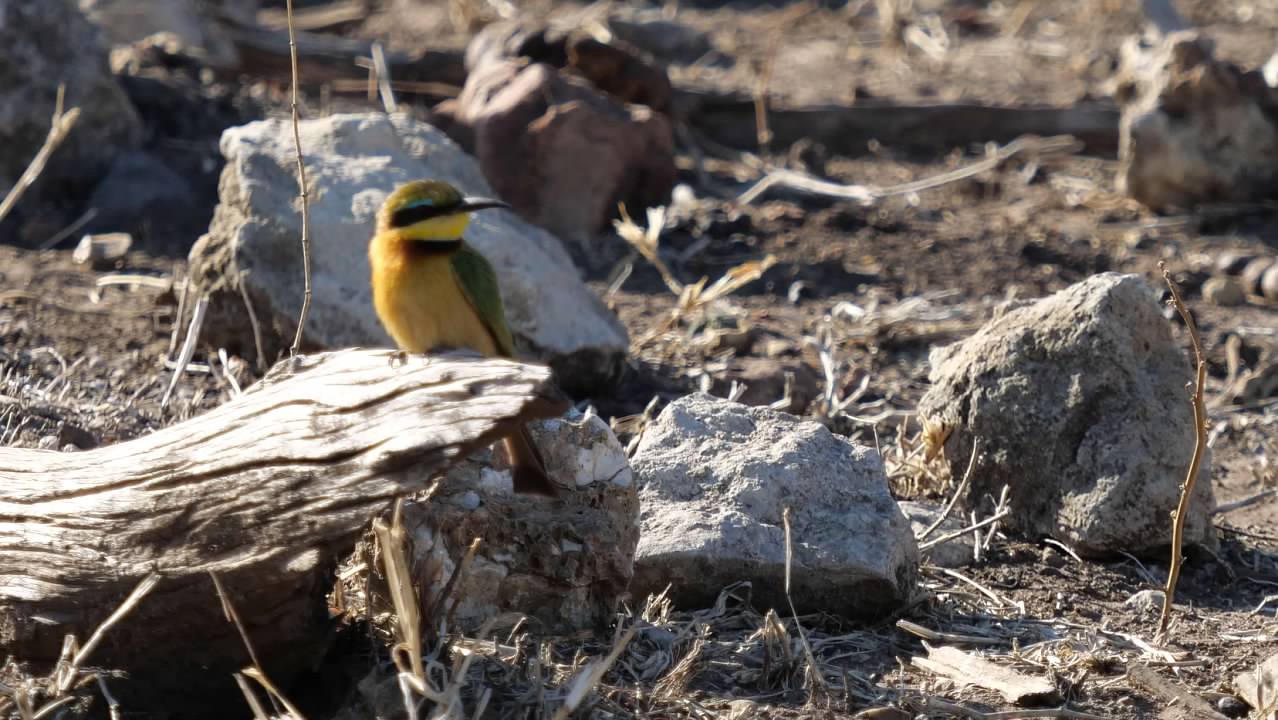
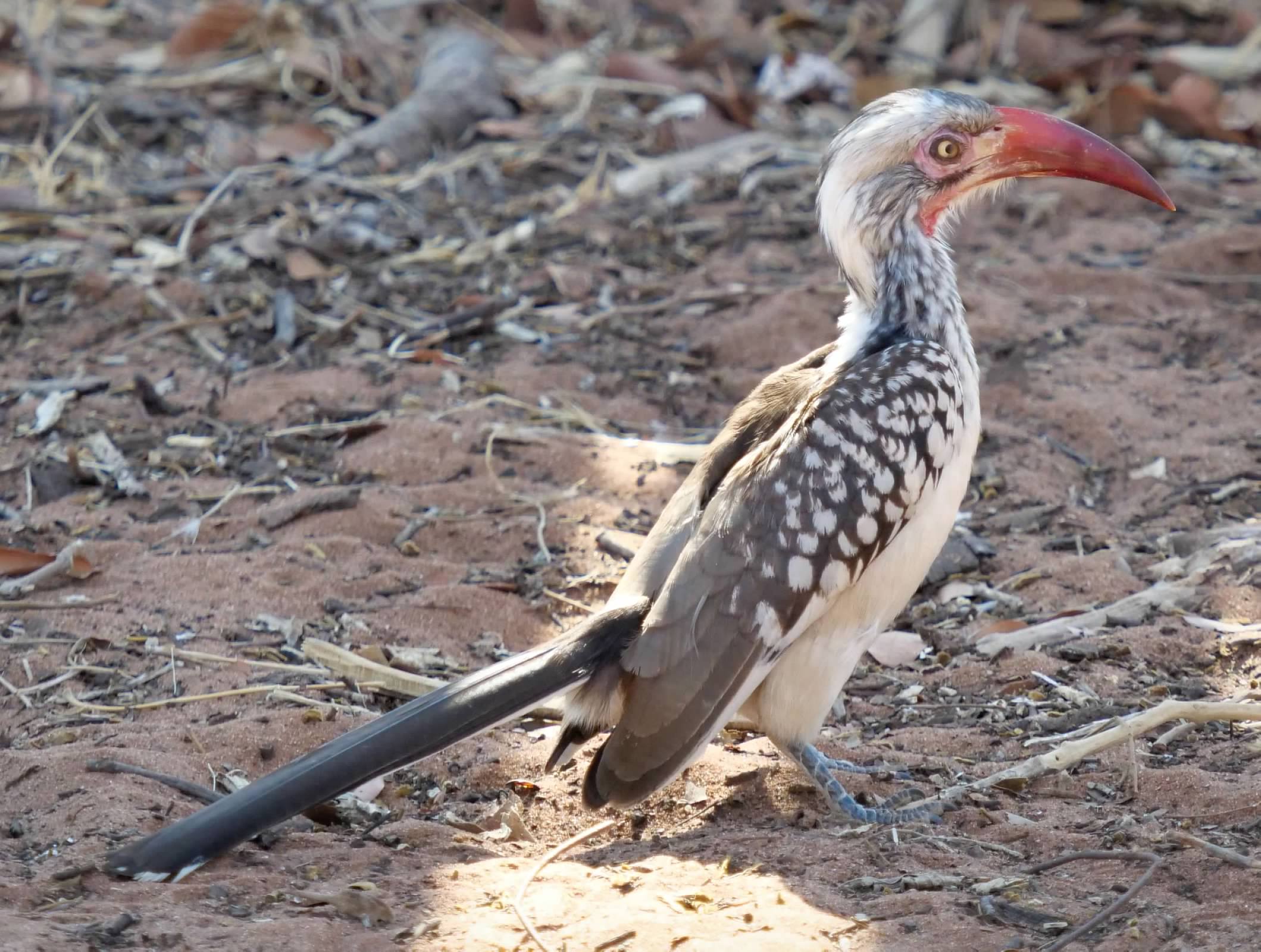
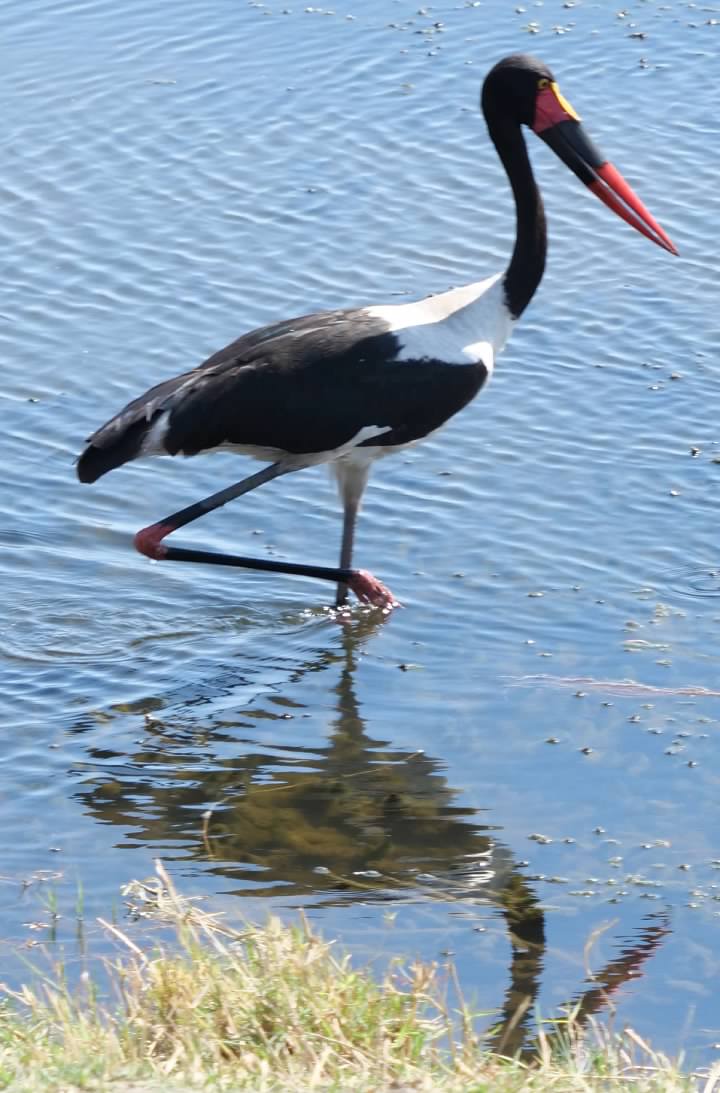
 The following day we did a day-long game drive much further into the park. The highlight of the morning was watching a leopard stalk a herd of impalas. Again, there were dozens of safari trucks present, all trying to get a good view, but the leopard ignored all of them, instead focusing solely on its prey. At one point, it decided that the best path to take was to go underneath one of the trucks, using it as cover for its approach. The leopard was in no hurry. She would pace forward a few steps and lay down and watch for a bit, then repeat. Ultimately, we didn't wait around to see if she was successful in her hunt.
The following day we did a day-long game drive much further into the park. The highlight of the morning was watching a leopard stalk a herd of impalas. Again, there were dozens of safari trucks present, all trying to get a good view, but the leopard ignored all of them, instead focusing solely on its prey. At one point, it decided that the best path to take was to go underneath one of the trucks, using it as cover for its approach. The leopard was in no hurry. She would pace forward a few steps and lay down and watch for a bit, then repeat. Ultimately, we didn't wait around to see if she was successful in her hunt.
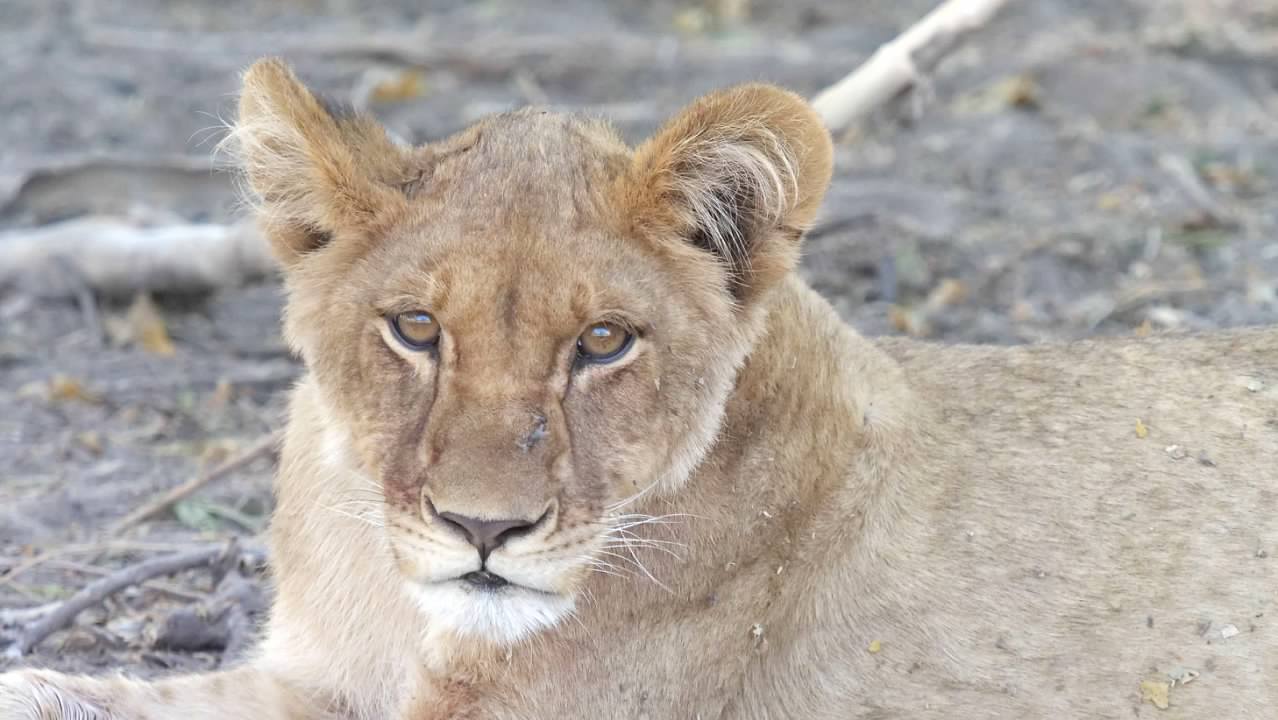
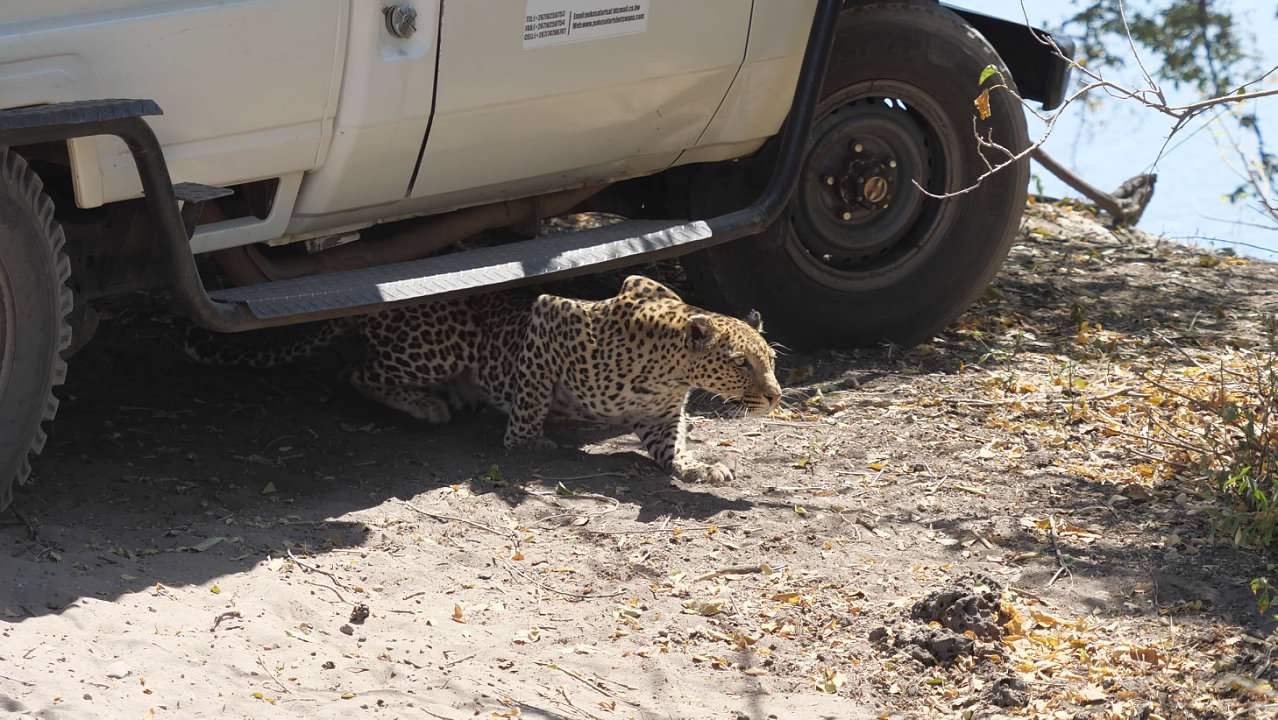
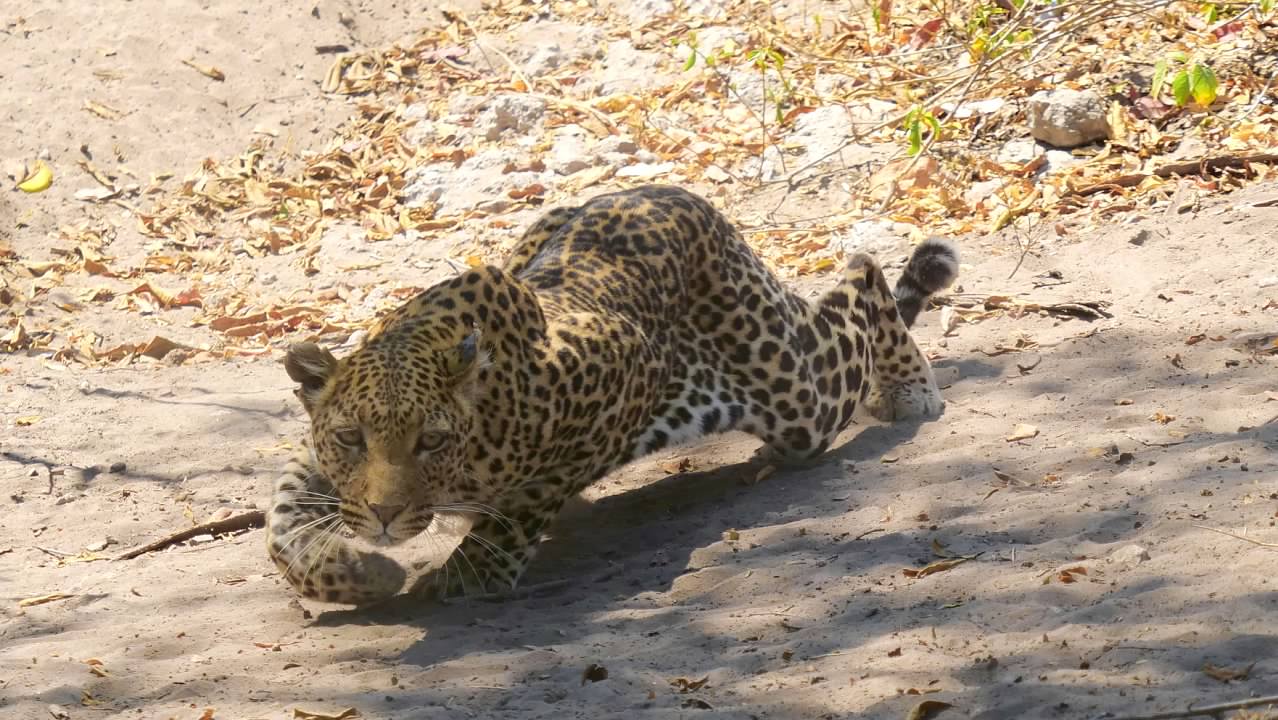
 We stopped for lunch at a picnic area in the park, which was a nice spot under some trees with picnic tables and nearby restrooms. Or it would have been a nice spot, except for the troop of monkeys that had taken up residence in the area. They were sneaky, and you had to stay very alert or they would steal the food right off your plate. One of the people in our group thought he could solve the problem by standing and holding his plate, but a monkey jumped and flipped the plate out of his hand, much to his surprise. After lunch, as we worked our way back across the park, we found a herd of elephants that had a youngster that had clearly survived an attack by a predator. Its trunk was missing, its lower lip was damaged, and it had some significant scars on its reach haunches. Its mother was very protective of it, and definitely did not like us hanging around near them, so we soon moved along. We also found a very recently killed young giraffe lying in the road. The female lion that killed it was resting in the shade nearby, probably waiting for the rest of the pride to arrive. The kill was so fresh that hardly any flies had landed on the carcass yet! As we drove by, you could clearly see the puncture wounds made by the lion's teeth and the bruising on the throat where she had suffocated the giraffe. A powerful reminder of the reality of life in the bush.
We stopped for lunch at a picnic area in the park, which was a nice spot under some trees with picnic tables and nearby restrooms. Or it would have been a nice spot, except for the troop of monkeys that had taken up residence in the area. They were sneaky, and you had to stay very alert or they would steal the food right off your plate. One of the people in our group thought he could solve the problem by standing and holding his plate, but a monkey jumped and flipped the plate out of his hand, much to his surprise. After lunch, as we worked our way back across the park, we found a herd of elephants that had a youngster that had clearly survived an attack by a predator. Its trunk was missing, its lower lip was damaged, and it had some significant scars on its reach haunches. Its mother was very protective of it, and definitely did not like us hanging around near them, so we soon moved along. We also found a very recently killed young giraffe lying in the road. The female lion that killed it was resting in the shade nearby, probably waiting for the rest of the pride to arrive. The kill was so fresh that hardly any flies had landed on the carcass yet! As we drove by, you could clearly see the puncture wounds made by the lion's teeth and the bruising on the throat where she had suffocated the giraffe. A powerful reminder of the reality of life in the bush.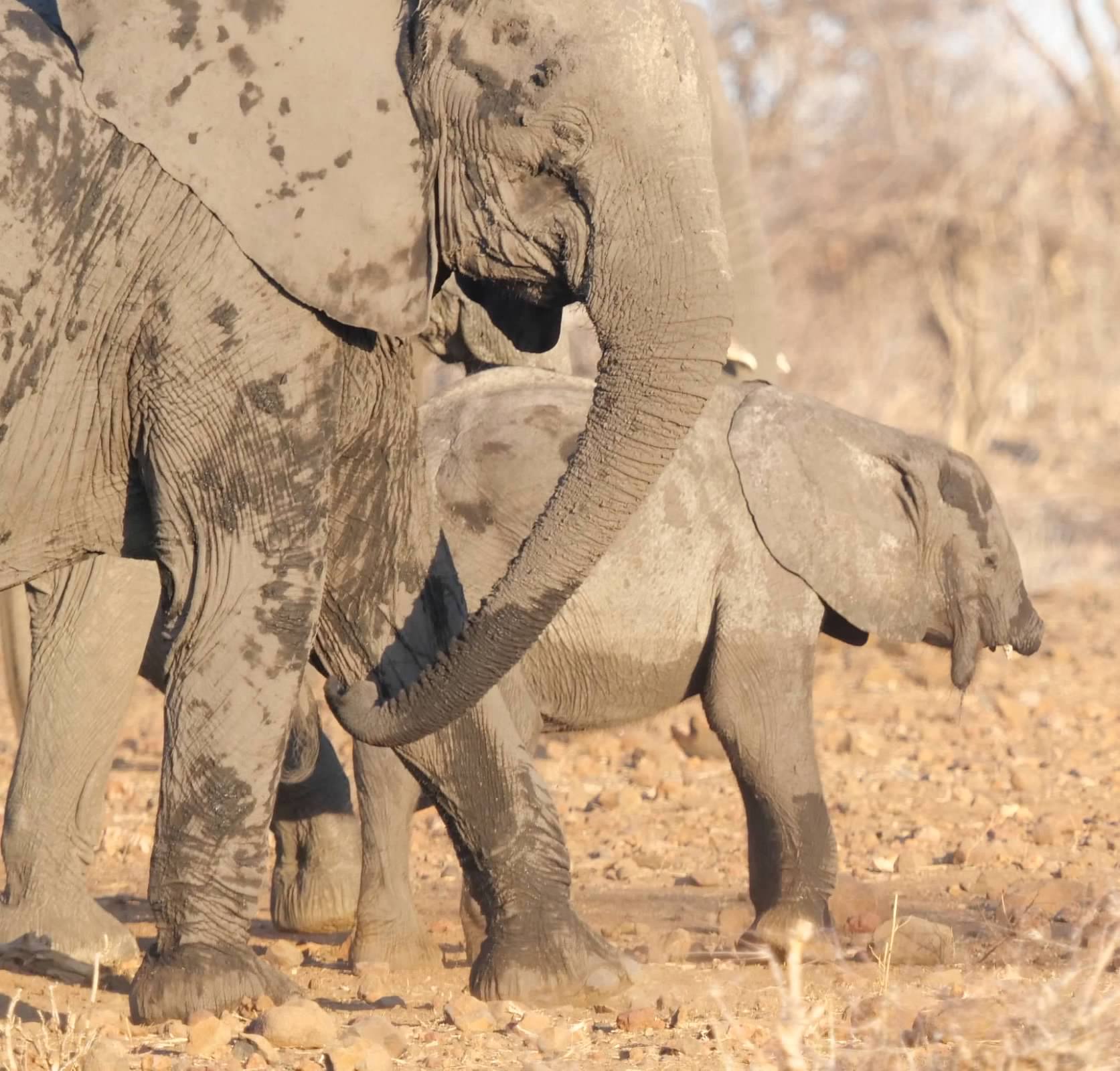
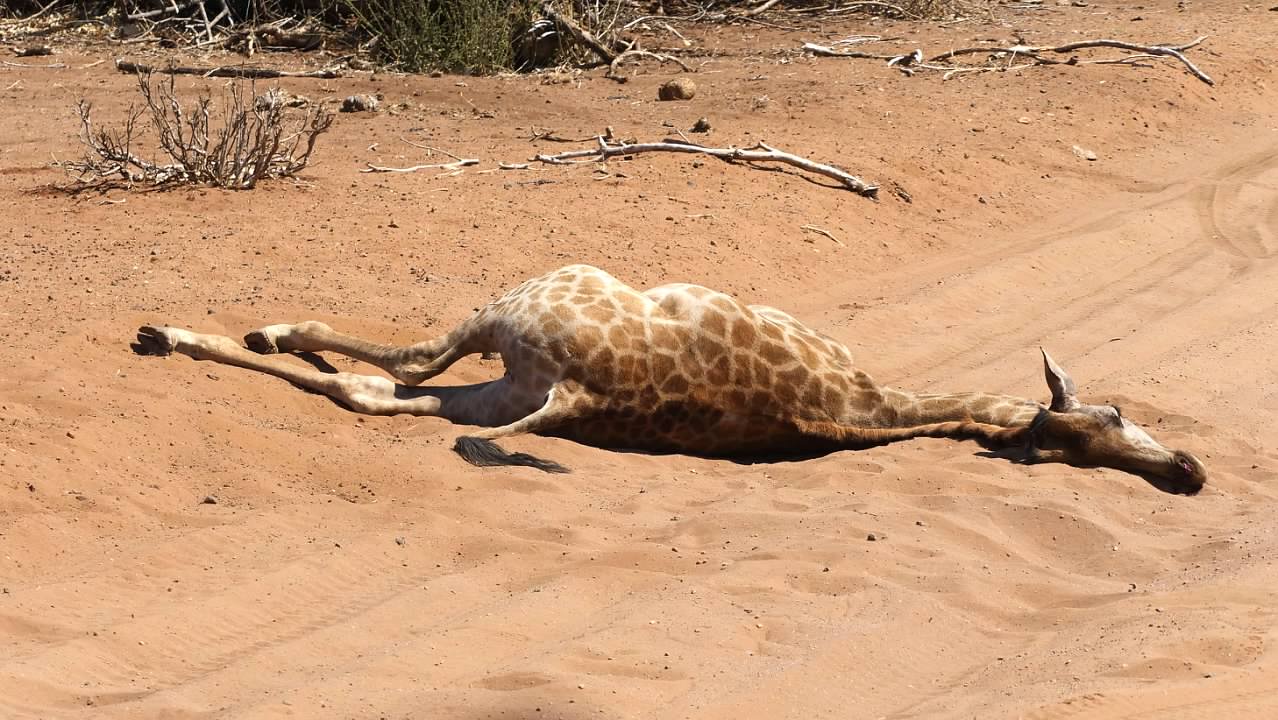
Reload page in style: light